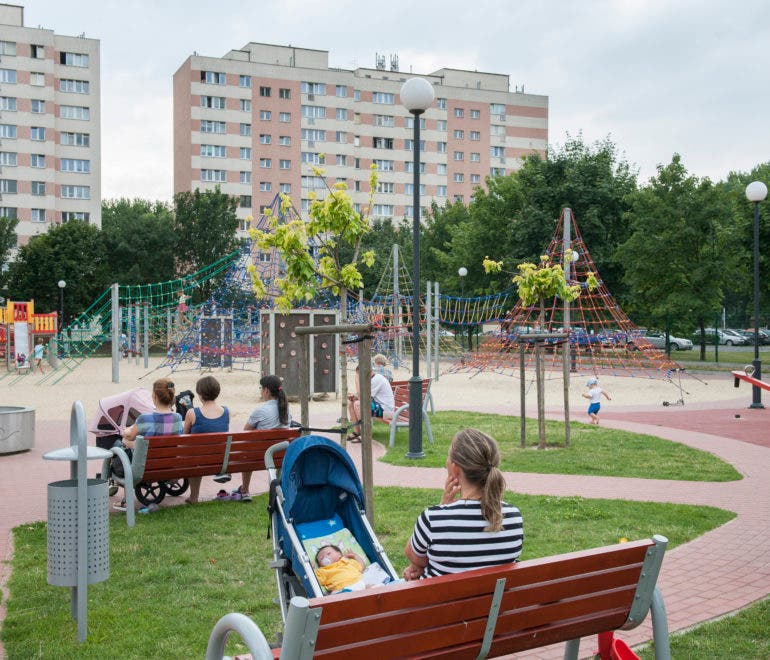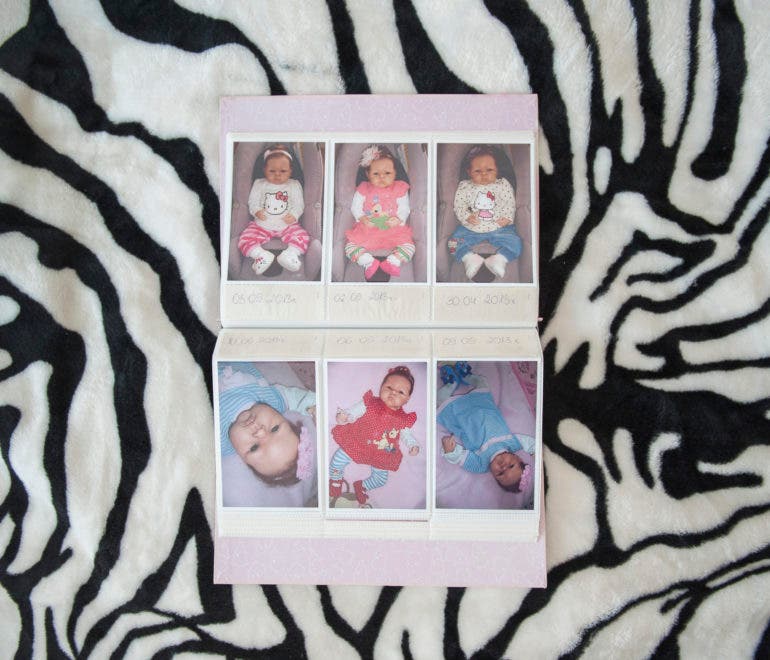The 2021 World Press Photo Category Winners Used These Cameras
The 2021 World Press Photo Category Winners have been announced. And here’s a look at the gear they used to get the work done!
Today, the 2021 World Press Photo Category winners are being announced. These journalists risked their lives in a pandemic to tell lots of different stories. Some of them are pandemic-related. But depending on where you are in the world, you probably haven’t seen these images. I know here in America that much of these photos haven’t made the rounds. And that’s part of what makes this even more fascinating.
A Quick Analysis of the 2021 World Press Photo Category Winners
Last year, we did a fuller analysis of the overall winners. And right now, we’re looking at category winners. This seems to be a much more narrow selection, but still an important one. So this is sort of an Apples to Oranges comparison. In contrast to last year’s winners, there are more phones for sure. This could be a sign of the times. I’m not sure if phones are just getting better, or they’re becoming more accepted. The winners who used their phones aren’t using the latest and greatest. And of course, we shouldn’t forget about the photojournalistic stance on no-editing.
First and foremost, these folks deserve major congratulations. No matter the gear that they used, they’re risking their lives. As I went through the images, I found myself screaming, “Jeez!” It probably upset my neighbors who think I’m a crazy man at 8AM EST when I’m writing this. But one must consider that we are privileged enough to be able to see these experiences. We’re shielded behind a screen and fiberwire. Then there is the culling process that both the photographers and editors did. To my knowledge, no one is using AI yet to make edits. And no AI I think can replace or replicate the human reaction. When a robot can genuinely react as if its heart is racing or let out a sincere gasp, I think we’ll change a bit.
And overall, the point of this is to remind folks that cameras of all types can do great things in anyone’s hands. So here are some major points:
- Canon DSLRs remain great tools. So too do Nikon DSLRs.
- The Leica M mount system should absolutely never be discredited. Lots of reviewers like to scoff at it. So too do photographers. But the images it can create are fascinating.
- DJI’s drones are powerful tools.
- The Fujifilm GFX series is gaining ground. I personally never thought that it was fast enough for photojournalism, but that’s changing with firmware updates. X series is also still strong.
- Not a single Sony, Olympus, Panasonic, or Pentax camera is on this list.
- Mirrorless interchangeable lens cameras weren’t in much use. Fujifilm, Canon, and Leica remain top dogs there despite sales numbers.
- Adapting lenses is still sort of popular.
- As far as lenses go, folks tend to like the first party gear. However, Sigma was used in one instance.
- The Nikon D700 is a camera that’s over a decade old, and still does a great job.
Now here’s a list of the cameras used. We’re using this section to link back to our previous reviews of these cameras for your further research.:
Now, let’s take a deeper look at the photos and the gear used!
Pablo Tosco (No Camera Information Shown)

Región de Khor Omeira, asentamientos de Ras Al Ara y Al Mudaraba, Gobernación de Lahj
Es una zona árida a unas dos horas de Aden, en la costa oeste, justo al lado del mar. La mayoría de sus habitantes se dedica a la pesca. En ella viven 3.000 personas en situación muy precaria. No hay servicios básicos. Las personas que viven en esta zona tienen muchas dificultades para tener agua para cubrir sus necesidades básicas, incluso para beber. La suelen coger directamente del mar o de pozos que se encuentran en la zona, pero a medida que han ido usándolos y son más profundos el agua sale salada. Muchos de ellos usan directamente la del mar.
La forma que tradicionalmente han usado para obtener agua es comprarla a los comerciantes de agua que la proporcionan con camiones cisternas. La comunidad compraba 200 litros de agua por unos 1.000 riyals yemeníes. El coste es muy alto comparado con lo que ganan las familias (de media formadas por 7 personas). Además, a causa del conflicto que estalló en 2015 el precio del agua
Jérémy Lempin
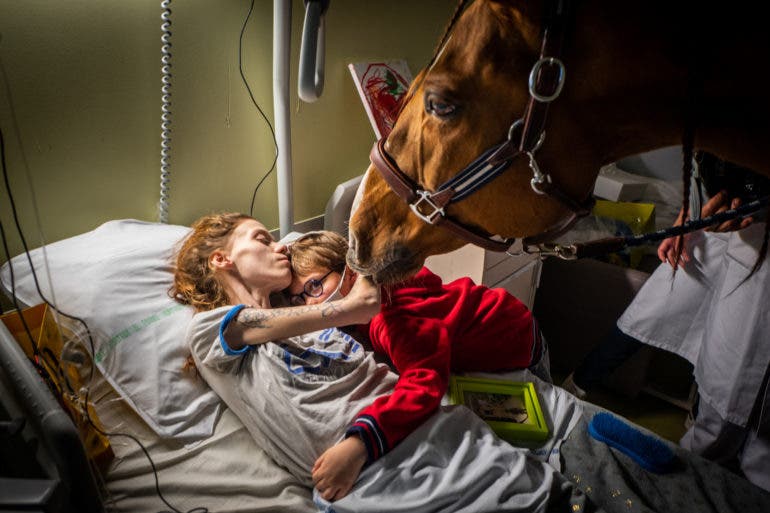
Vaghinak Ghazaryan
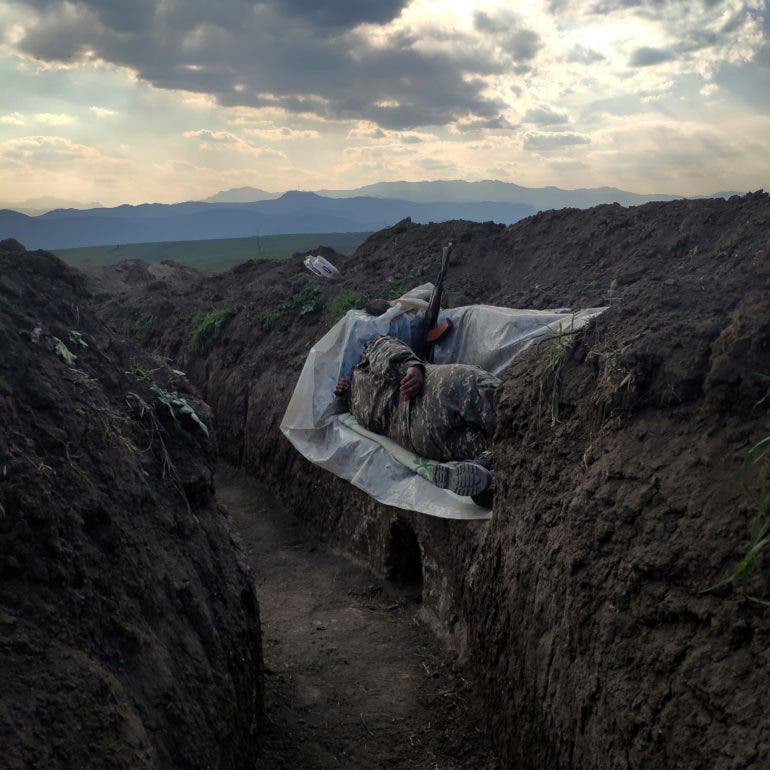
Alexey Vasilyev
Canon 5D Mk III with Sigma 24-35mm f2 along with a 50mm and 35mm lens.
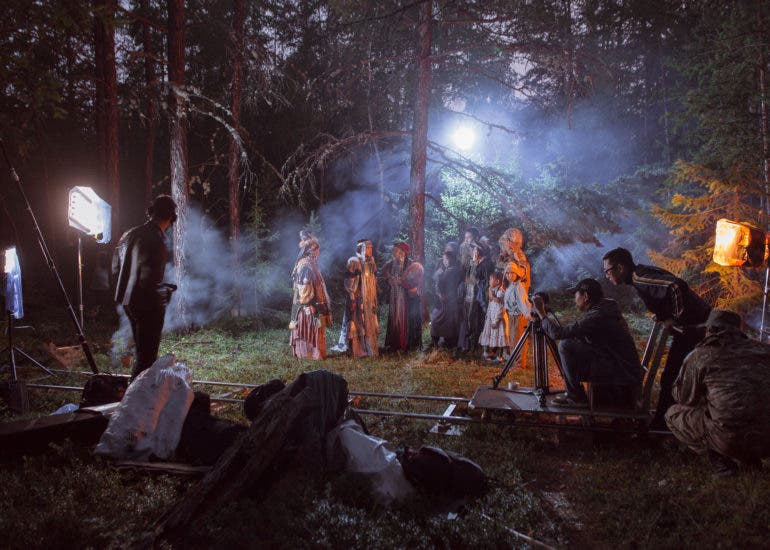
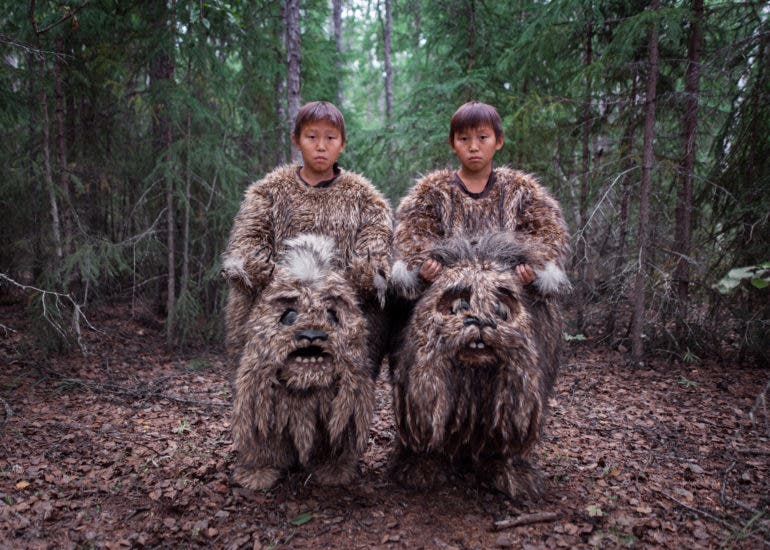
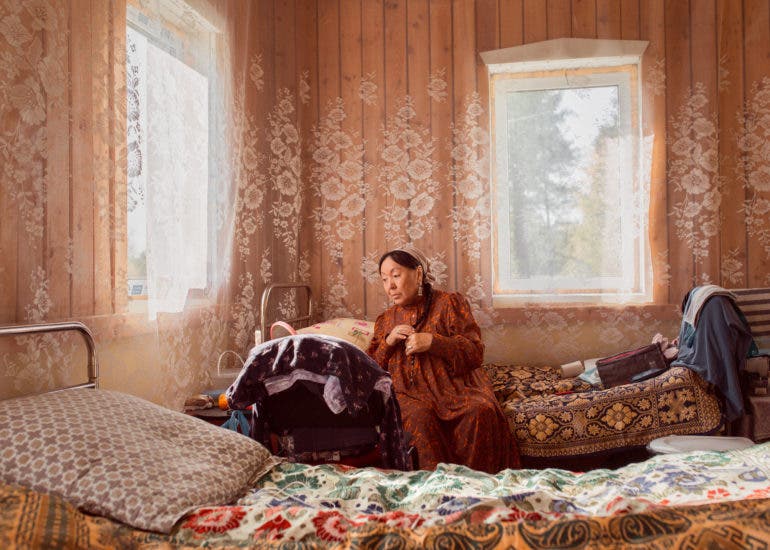
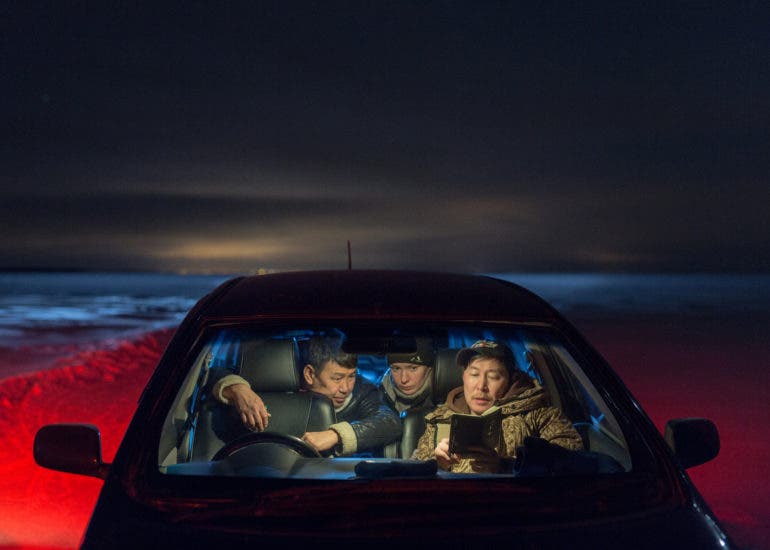
Maya Alleruzzo
Canon 5D Mk III with 35mm f1.4 L, 50mm f1.2 L II, and 24-70mm f2.8 L II.
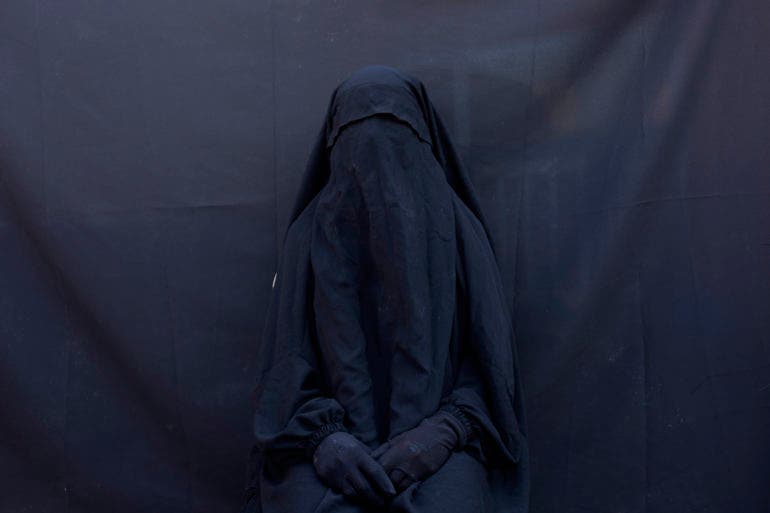
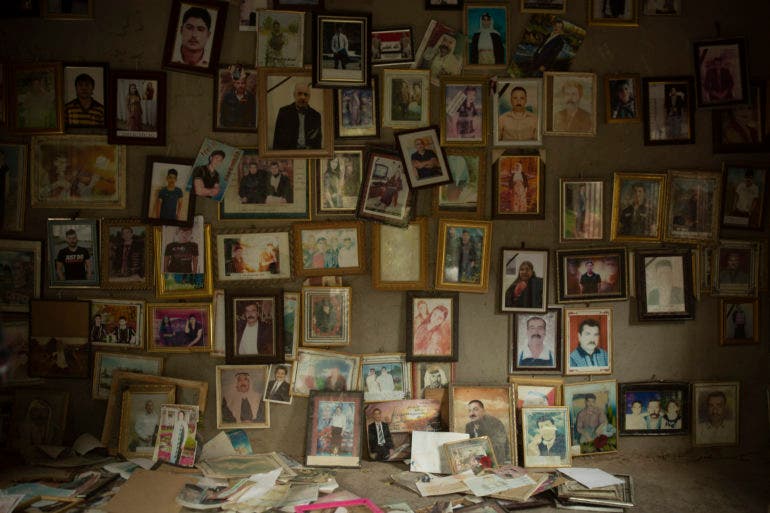
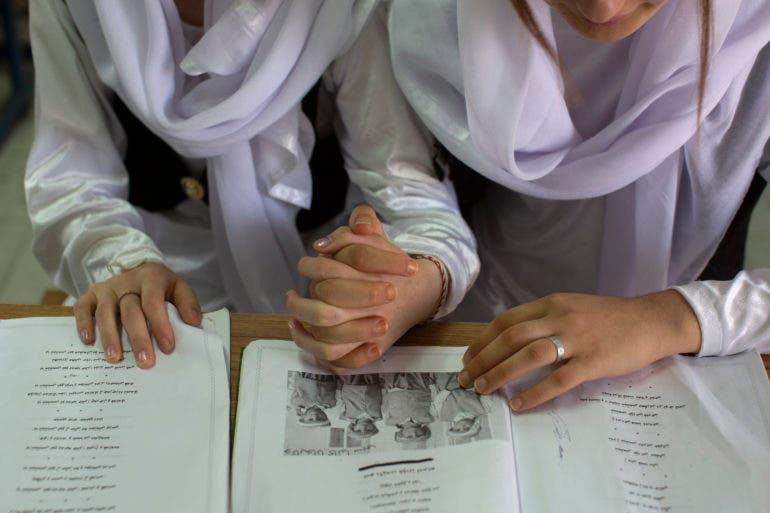
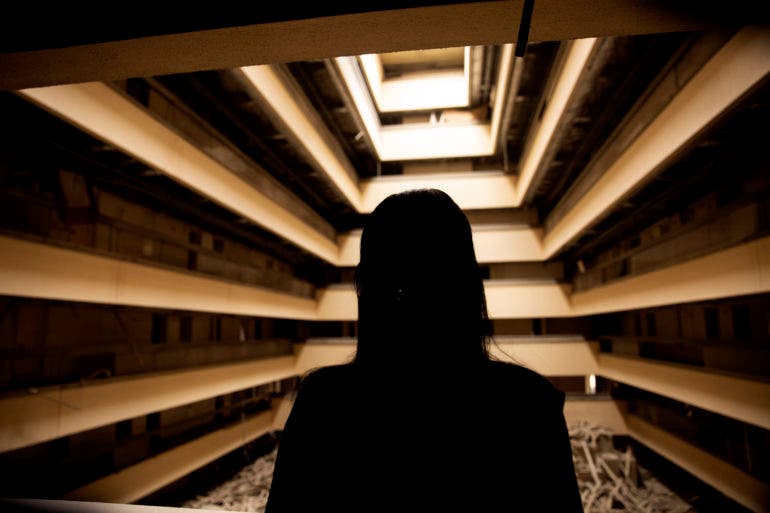
Zishaan A Latif
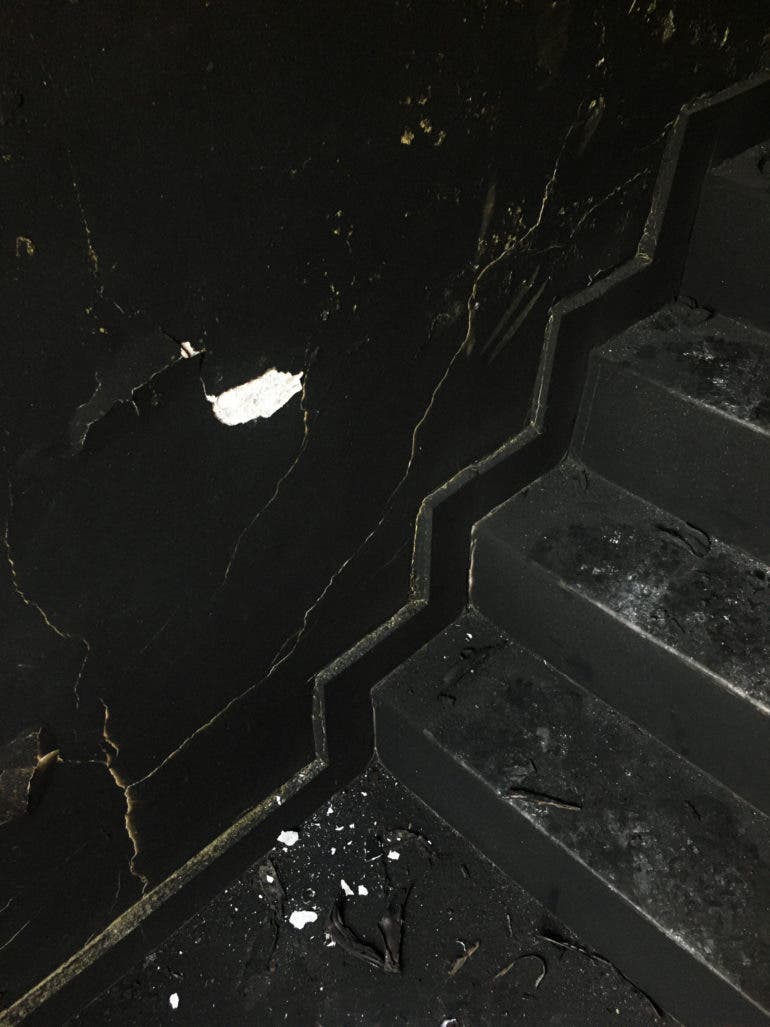
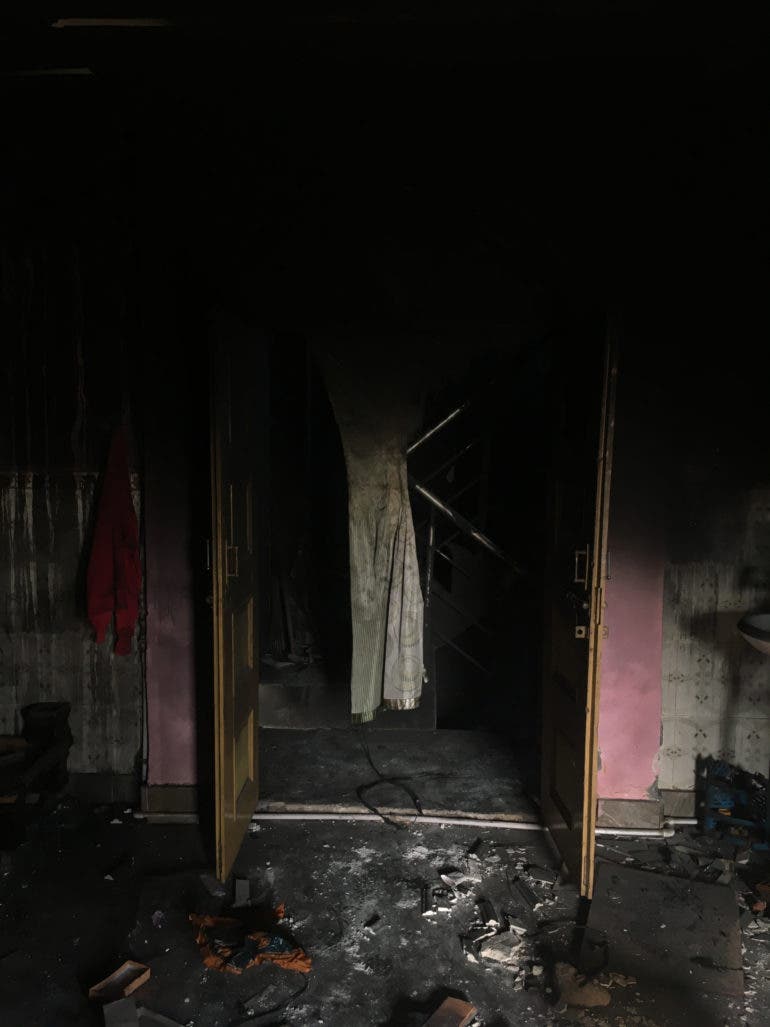
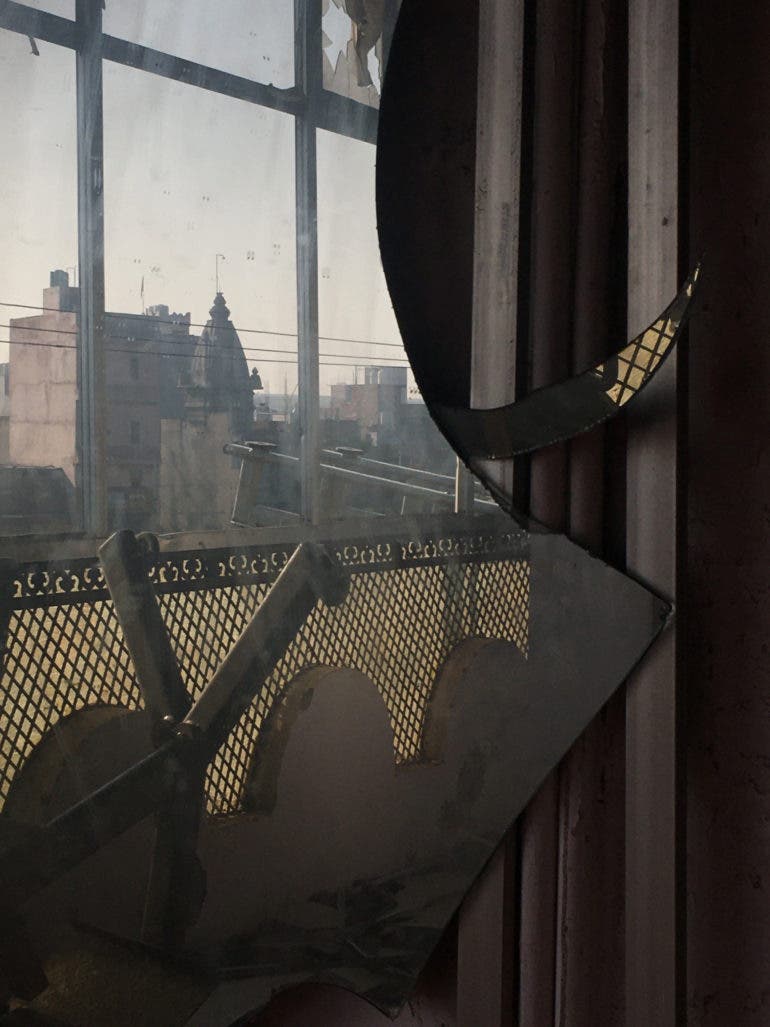
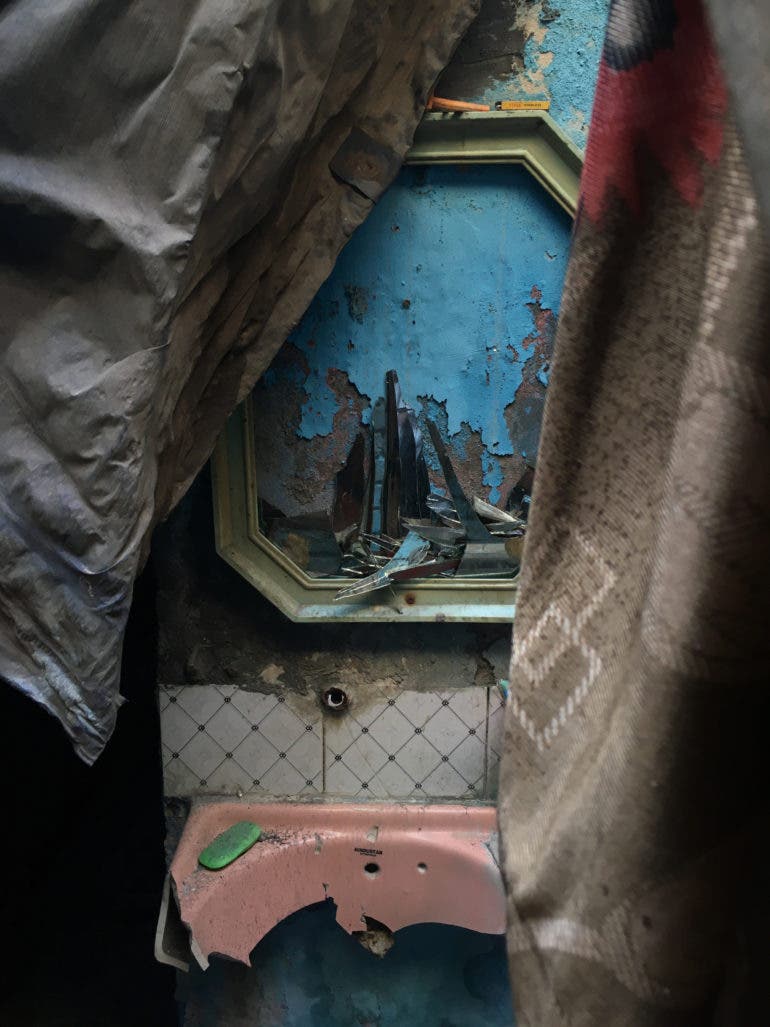
Ralph Pace
Nikon D850 with 28-70mm.

Hkun Lat
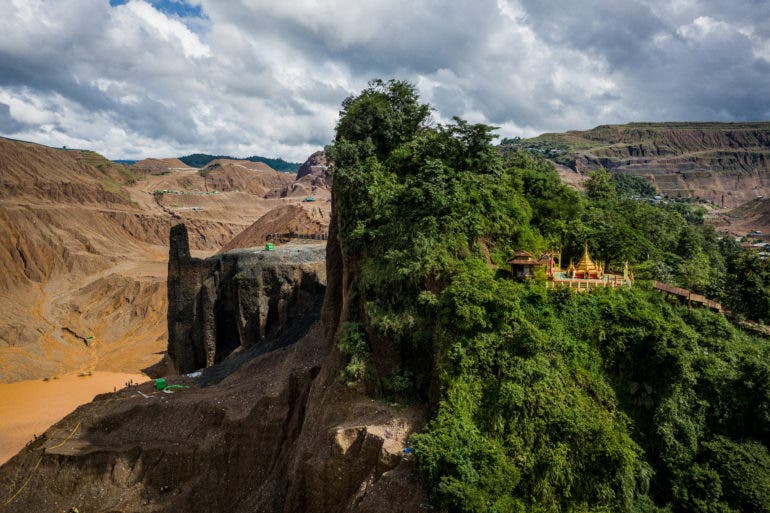
K M Asad
Canon 5D Mk IV with 35mm f1.4 L II
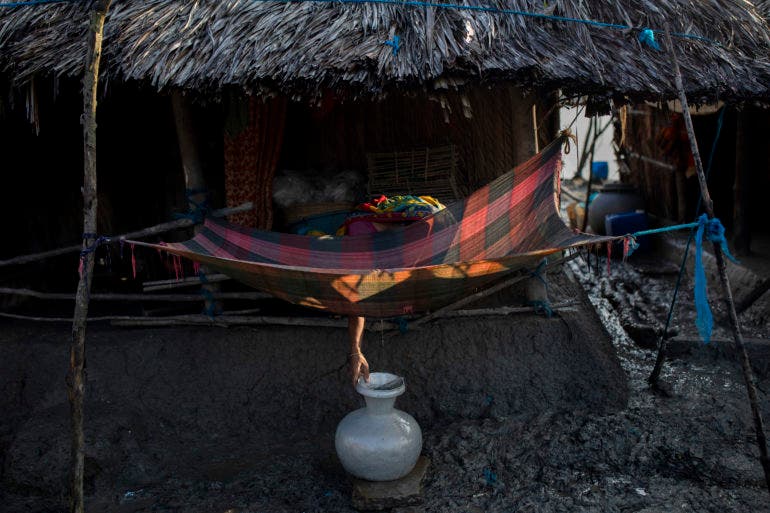
Lalo de Almeida
Canon 5D Mk IV with 24-70mm f2.8 L II along with a DJI Mavic Pro 2
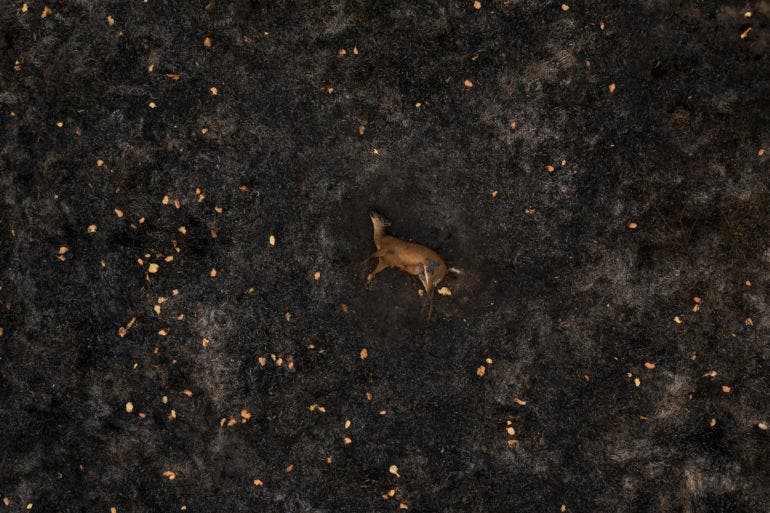
In 2020 the Pantanal faced the largest destruction by burning in its history. From January to October, fires burned 4.200.000 hectares of the Pantanal, which corresponds to 28% of the entire biome, killing a vast amount of the region’s wildlife.
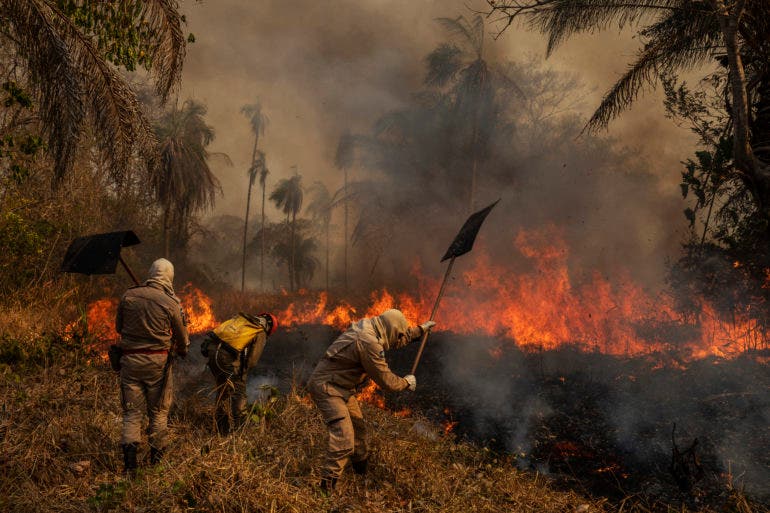
In 2020 the Pantanal faced the largest destruction by burning in its history. From January to October, fires burned 4.200.000 hectares of the Pantanal, which corresponds to 28% of the entire biome, killing a vast amount of the region’s wildlife.
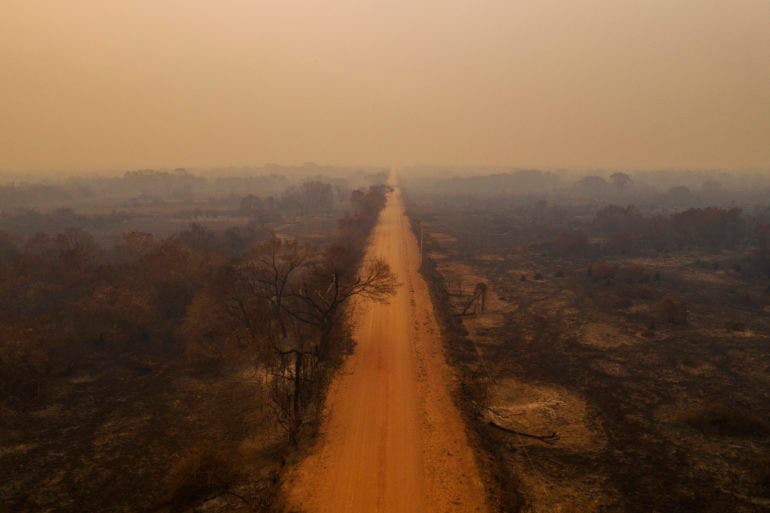
In 2020 the Pantanal faced the largest destruction by burning in its history. From January to October, fires burned 4.200.000 hectares of the Pantanal, which corresponds to 28% of the entire biome, killing a vast amount of the region’s wildlife.
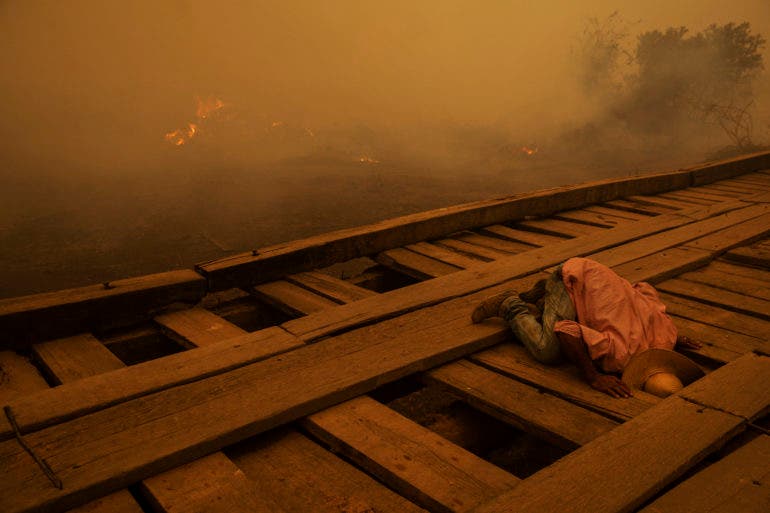
Ciril Jazbec
Leica M10 with 35mm f1.4 Summilux, Leica 50mm f1.4 Summilux, and a Leica R lens adapted.
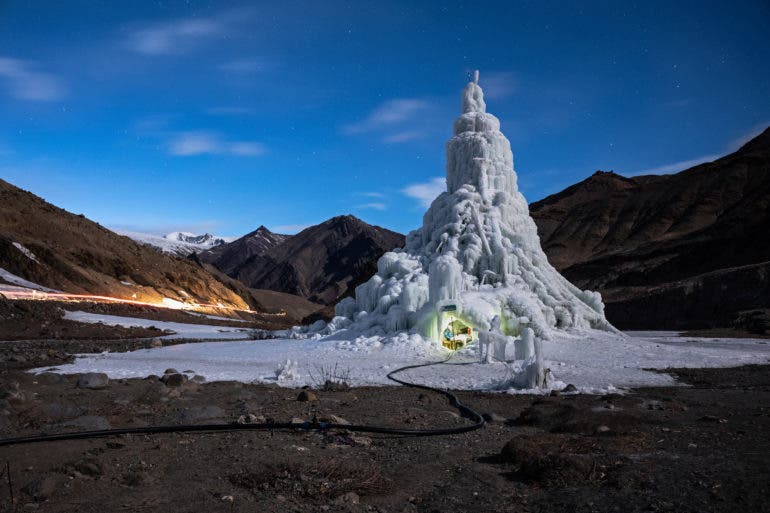
https://goo.gl/maps/g44QnJ2VTBQ2
Gya Village is the first Village settlement of Ladakh. The village is still not been influenced by the modernization and it still works on old sustainable lifestyles. The youth association Gya is one of the most active group in Ladakh and they provide platforms for upcoming youth of their village through workshops and education coaching camps.
This Ice stupa is been built by the youth of Gya and is India’s first Ice Cafe. The Ice stupa is made near a stream, although unlike others this Ice stupa won’t provide water for irrigation but they are planning to use this water for plantation.
This winter Gya has been main attraction for winter destination for both locals and outsiders as an alternative to Phyang ice stupa last year.
NOTES
NAME – NAWANG PHUNTSOG
AGE – 27 yrs
OCCUPATION – ELECTRICTION
” I heard about the ice stupa competition and thought would be nice to buid ice stupa. I told my friends about the competition and not many showed interest in it. So finally we three agreed to make ice stupa. I visited Phyang ice stupa last year and I have seen lots of people are visiting there, so I thought our ice stupa at Gya would be a tourist attraction in winter”
NAME – JIGMET TUNDUP
AGE – 32 yrs
OCCUPATION – FARMER
” Initially when i heard about the ice stupa making competition from my friends I got excited as i would get an opportunity to learn new work in winter.”
TECHNICAL CHALLENGES
The main challenge was to build the dome and we gathered all the information from others how they are making dome. We don’t want to our dome to be weak unsuccesful. Finally we built our dome with 20ft GI pipe and it was quite strong.
IDEA ABOUT ICE CAFE ?
There were lots of visitors at ice stupa and since Gya is quite far from Leh, they were asking about restaurants nearby. Finallly some people started asking about tea and snacks. Then one day bus full students manjushri school came to visit
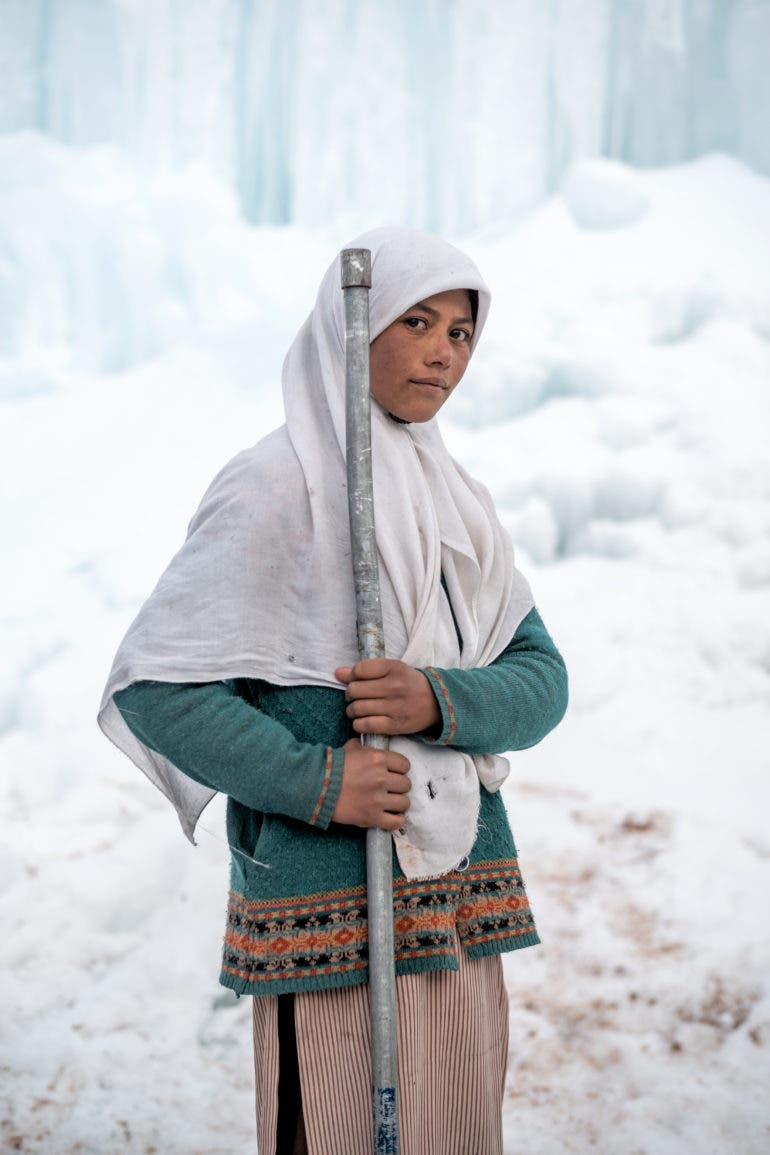
https://goo.gl/maps/T4zekySfgEU2
Headmaster, Teachers, students along with village community of beautiful village Karith Kargil have been making ice stupa for last two years.
Apart from theoretical classes teachers of this school wants to give their students a hands on experience to get the real sense of climate change and how to cope against this melting glaciers.
This village is also a great example for community based working and learning, where school, villagers and youth all join hand for this initiative.
The teachers and students of the Government Middle School project from Karith village had been so inspired by the Ice Stupa project that they decided to built their own. They followed the YouTube tutorials and built already the third Ice Stupa. The headmaster is trying to involve his school in the programs that encourage critical thinking and sustainability. Like Wangchuk he is also the member of the educational reform group.
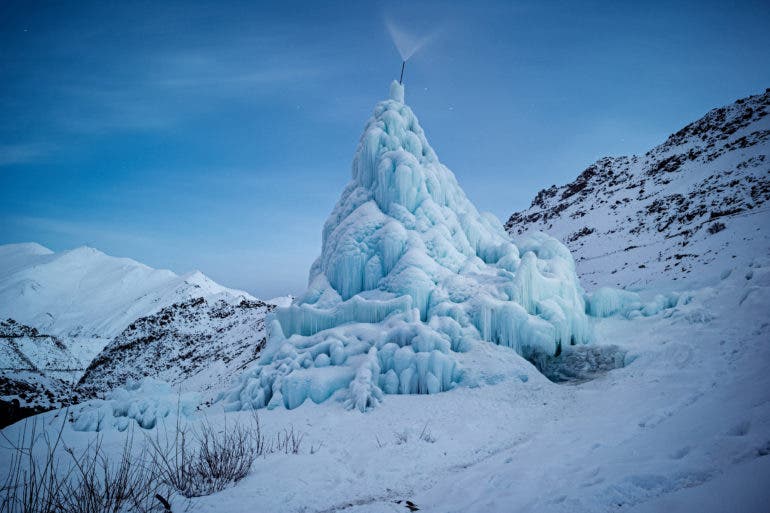
80 feet height
Ganglas village, Leh
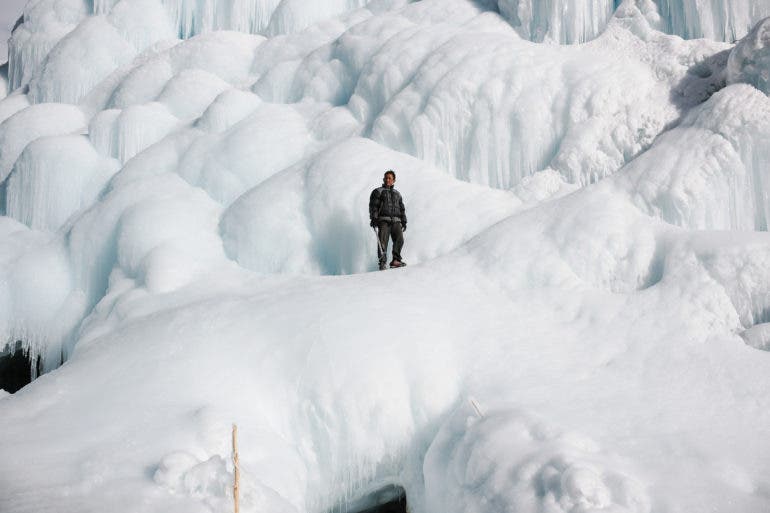
https://goo.gl/maps/rmxqF1GCAR82
The 110 feet Giant ice stupa by ice stupa team Shara Phuktse is the highest ever ice stupa recoded so far.
To resolve the shortage of water faced by Shara, Sharnos and Phuktse village ice stupa team Shara Phuktse came up with this giant ice stupa.
Apart from this one can experience outdoor sport like ice climbing to the top.
NAME – SKARMA TSERING
AGE – 53
OCCUPATION – FARMER
” Since we have shortage of water in our village and I’m hopefull ice stupa will help us to overcome this problem”
NAME- SONAM PALBAR ( red cap)
AGE – 60
OCCUPATION – FARMER
NAME – TSERING URGAIN (holding ice)
AGE – 53
OCCUPATION – FARMER
NAME – TSEWANG DORJAY ( blue hat)
AGE – 50
OCCUPATION – FARMER
NAME – STANBA GYALSON
AGE – 28
OCCUPATION – FARMER
Quotes:
” One night the pipe got frozen and I tried to open the pipe and all the water got spilled on me and I was all wet and then frozen at cold midnight. I thought of giving up on the project but next day we were able to fix the pipe”
” our viillage is a long one and we have three Gobas (nambardar). Since the ice melts very slowly which creates shortage of water at spring time when we need the water most. So we get water only after 7 days on our fields and it dies”
What will you do with money from competition?
” With the competition money we would like to again invest in ice stupa next year and also would like to invest in solutions involve in water related problem. We are sure that the next year we can build bigger than this year “
Why they climb up the Ice stupa?
” We climb twice a day . once in the morning and once in the evening to change the pipe or to titghten or loosen the sprinklers”
Aitor Garmendia
Nikon D850 with 35mm f1.8, 24mm f1.8, and 24-70mm f2.8.
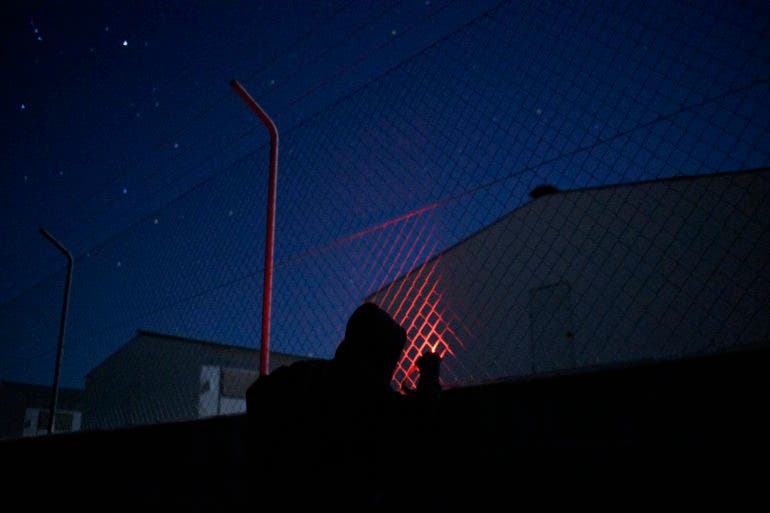
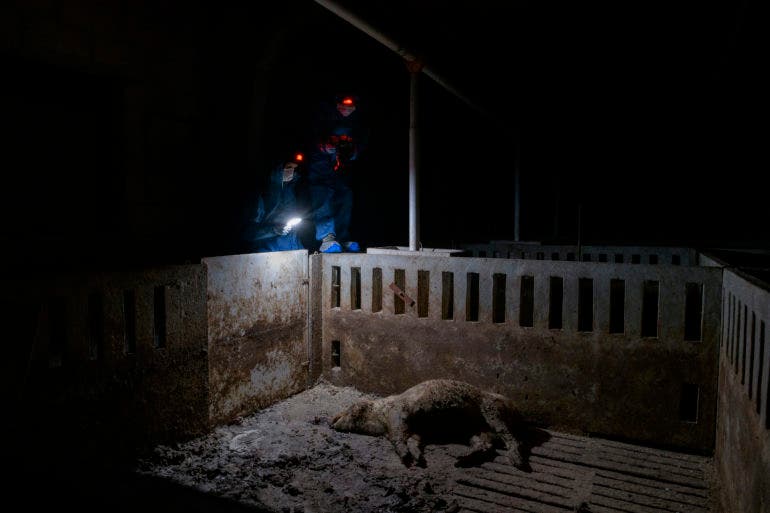

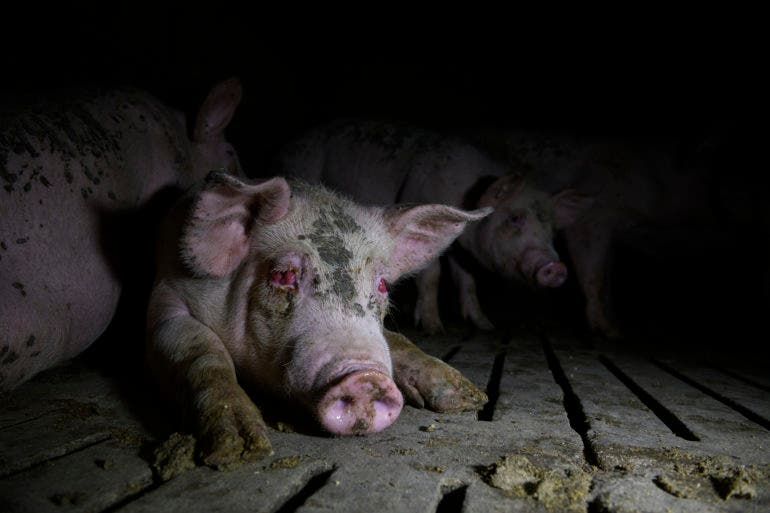
Mads Nissen
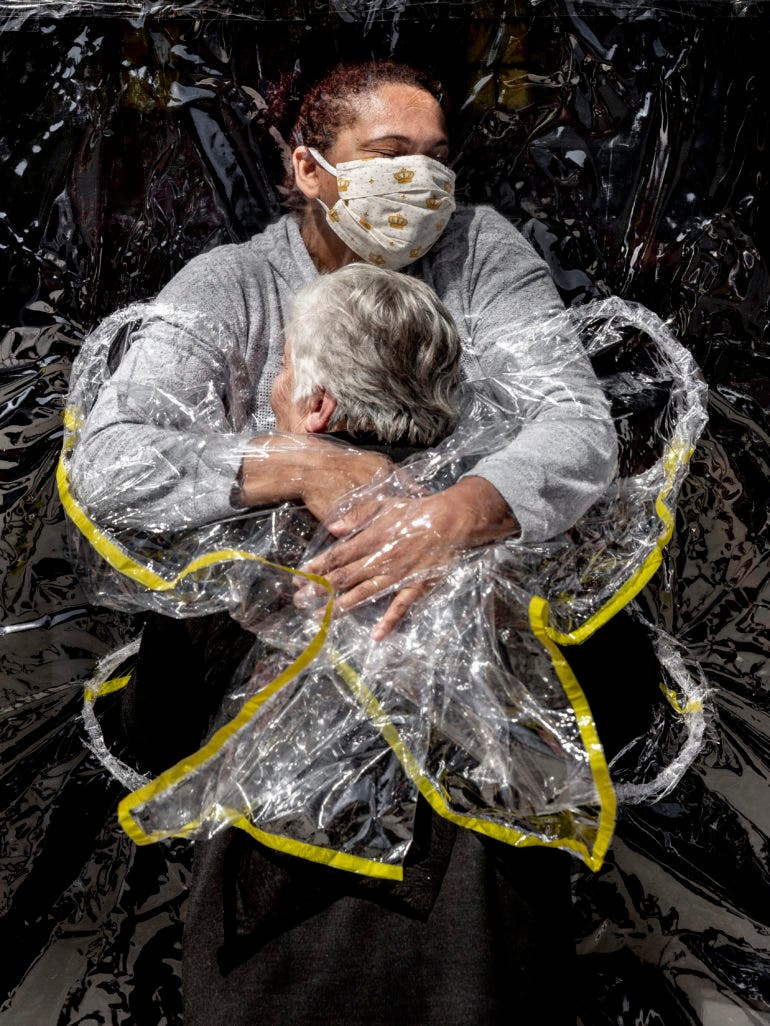
Joshua Irwandi
Nikon D4 with 24-70mm f2.8

The body of a suspected coronavirus victim, wrapped in yellow infectious waste plastic bags and wrappers, lies on the patient’s deathbed awaiting a body bag in a hospital in Indonesia. The wrapping of the patient, which takes two nurses a full hour to complete through three layers of plastic and nine times of disinfection, is intended to suppress the spread of coronavirus. As mandated by the Indonesian Ministry of Health, the wrapping of the body is a standard procedure for every suspected, comorbid, and positive confirmed COVID-19 death. This process continues until today. As is the case with most victims, family members were not allowed to say goodbye.
After the image was published by National Geographic, the image sparked denial and uproar across social media. Many who saw the image declared it to be a set up intended to spread fear.
By the end of the year, 563 medical workers in Indonesia have perished due to the pandemic, with the country’s coronavirus toll reaching over 800,000 cases and 20,000 deaths.
(Off the record: due to privacy reasons, I am legally bound not to identify the patient, the identity of the hospital, or indicate the hospital’s local geographic location e.g. city, town, etc. The most detail I can include about the hospital would be the country location.)
Newsha Tavakolian
Fujifilm GFX 50s with 45mm f2.8
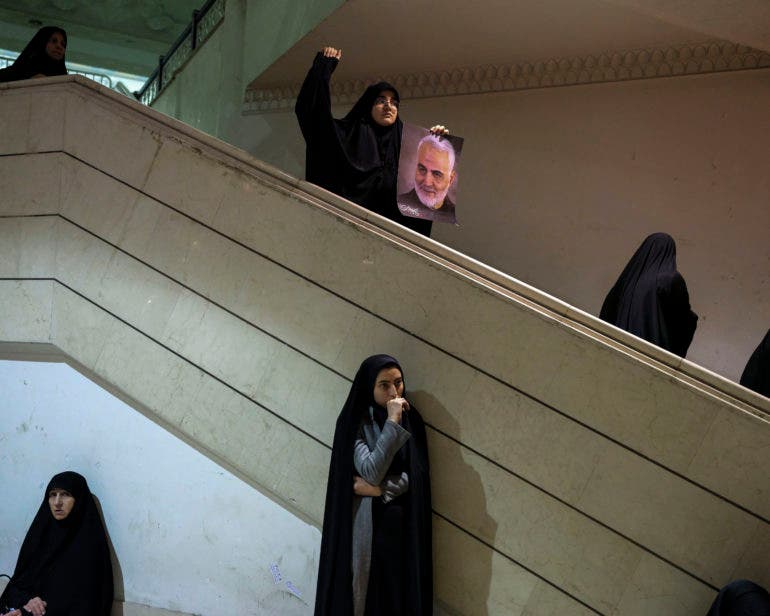
A day later, when I returned, the city had transformed. Billboards and posters with Soleimani’s face were everywhere. The Supreme Leader, Ayatollah Ali Khamenei, had declared three official days of mourning. Before the burial in his hometown, Kerman, Soleimani was to have a giant funeral procession in Tehran.
Iranian women at a mosque in Tehran, on Jan. 5, mourn the major general’s death.
Valery Melnikov
Nikon D810 with 24-70mm f2.8 and 35mm f2.
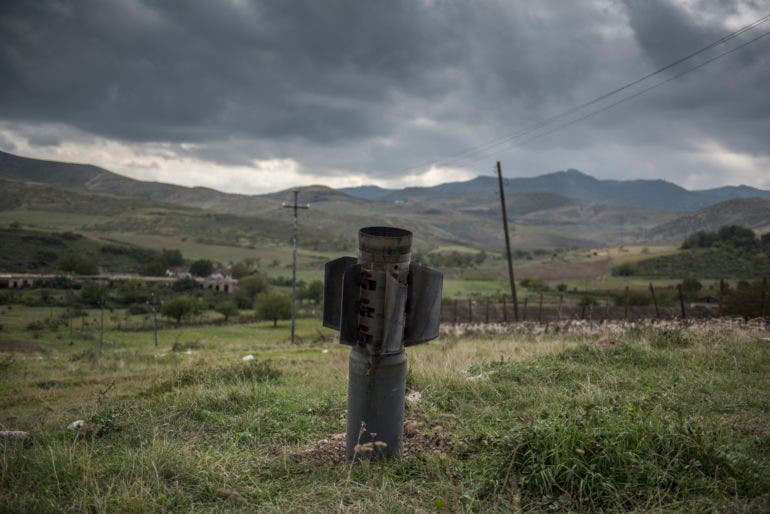
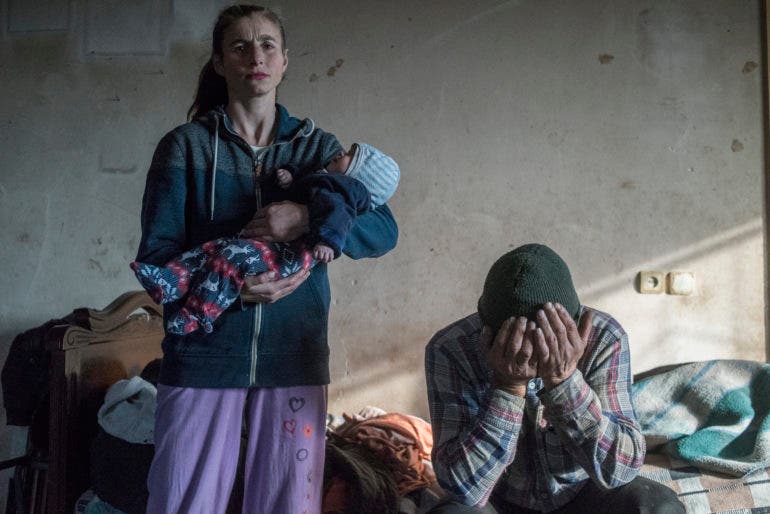
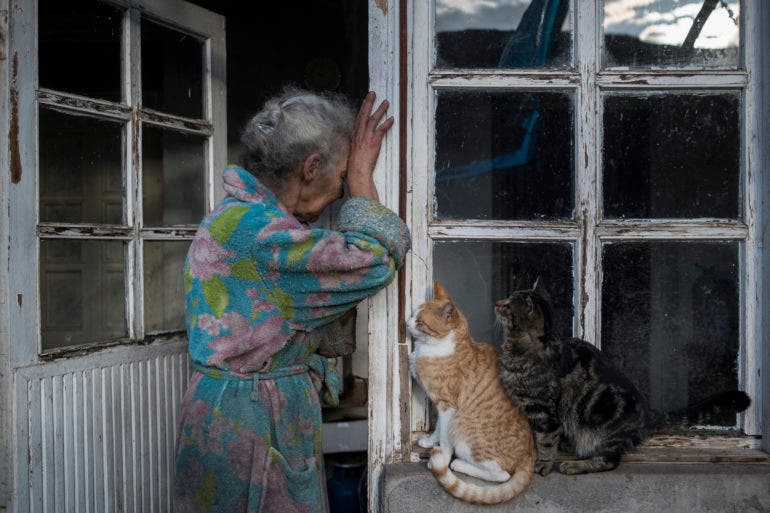
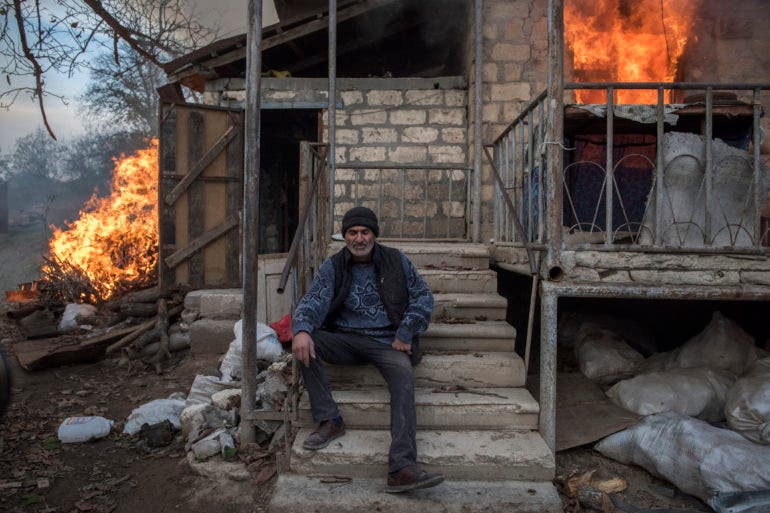
Roland Schmid
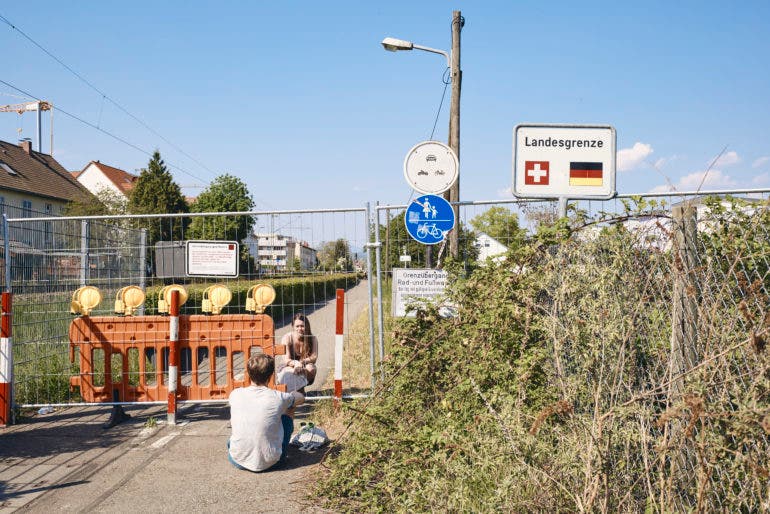
For the first time since World War II, Switzerland has closed its borders due to the Corona-pandemic. Borders, which in recent decades had hardly been noticed by the population, invisible lines that could be crossed freely by the inhabitants of both sides.
The Corona-pandemic caused the authorities to put up fences again, barrier tapes signalled the boundaries of what could be crossed and retraced the border that had been reinforced with barbed wire during the Second World War.
For us Europeans, accustomed to freedom, they were a clear disturbance of the familiar.
The fences towards Germany became a meeting place for those people who were geographically separated by the Coronavirus. They pressed against the fence to talk to each other or, where possible, to exchange caresses. Love cannot be locked away.
The borders were closed from 16th March to 15th June 2020.
During the border closure, I several times travelled along the Swiss-German border. There I met the people who met at the border fence. I asked if I could photograph them, inquired about their life during the pandemic and stayed with them for a while. The pictures were not posed.
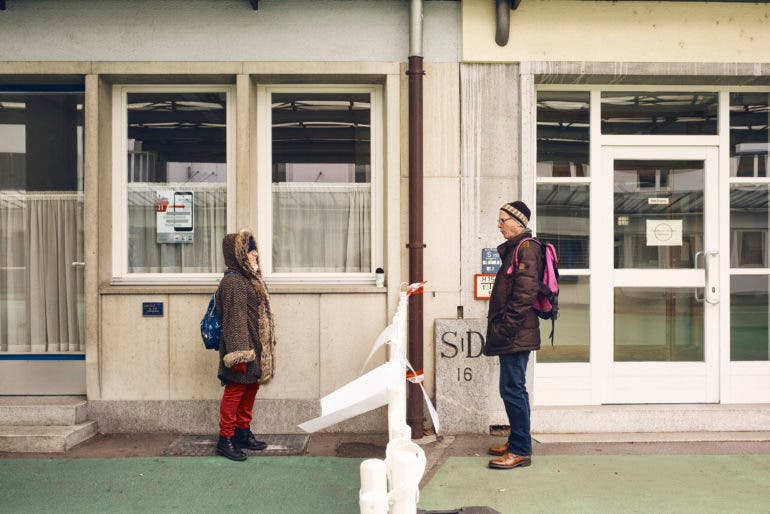
For the first time since World War II, Switzerland has closed its borders due to the Corona-pandemic. Borders, which in recent decades had hardly been noticed by the population, invisible lines that could be crossed freely by the inhabitants of both sides.
The Corona-pandemic caused the authorities to put up fences again, barrier tapes signalled the boundaries of what could be crossed and retraced the border that had been reinforced with barbed wire during the Second World War.
For us Europeans, accustomed to freedom, they were a clear disturbance of the familiar.
The fences towards Germany became a meeting place for those people who were geographically separated by the Coronavirus. They pressed against the fence to talk to each other or, where possible, to exchange caresses. Love cannot be locked away.
The borders were closed from 16th March to 15th June 2020.
During the border closure, I several times travelled along the Swiss-German border. There I met the people who met at the border fence. I asked if I could photograph them, inquired about their life during the pandemic and stayed with them for a while. The pictures were not posed.
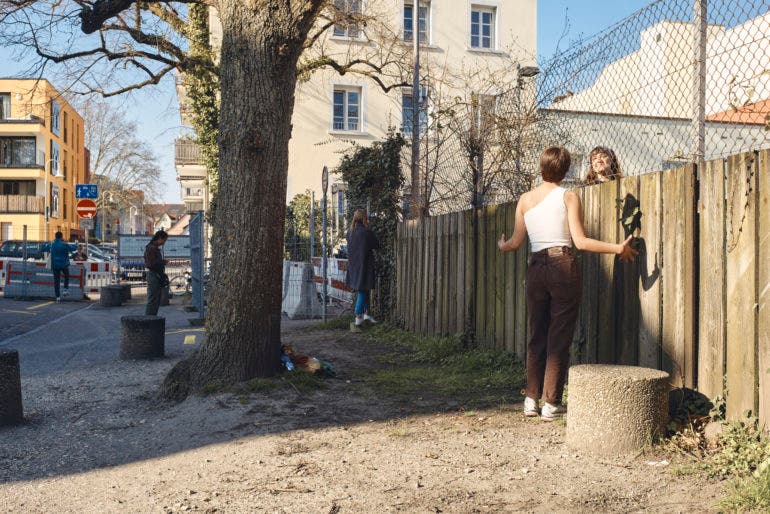
For the first time since World War II, Switzerland has closed its borders due to the Corona-pandemic. Borders, which in recent decades had hardly been noticed by the population, invisible lines that could be crossed freely by the inhabitants of both sides.
The Corona-pandemic caused the authorities to put up fences again, barrier tapes signalled the boundaries of what could be crossed and retraced the border that had been reinforced with barbed wire during the Second World War.
For us Europeans, accustomed to freedom, they were a clear disturbance of the familiar.
The fences towards Germany became a meeting place for those people who were geographically separated by the Coronavirus. They pressed against the fence to talk to each other or, where possible, to exchange caresses. Love cannot be locked away.
The borders were closed from 16th March to 15th June 2020.
During the border closure, I several times travelled along the Swiss-German border. There I met the people who met at the border fence. I asked if I could photograph them, inquired about their life during the pandemic and stayed with them for a while. The pictures were not posed.

For the first time since World War II, Switzerland has closed its borders due to the Corona-pandemic. Borders, which in recent decades had hardly been noticed by the population, invisible lines that could be crossed freely by the inhabitants of both sides.
The Corona-pandemic caused the authorities to put up fences again, barrier tapes signalled the boundaries of what could be crossed and retraced the border that had been reinforced with barbed wire during the Second World War.
For us Europeans, accustomed to freedom, they were a clear disturbance of the familiar.
The fences towards Germany became a meeting place for those people who were geographically separated by the Coronavirus. They pressed against the fence to talk to each other or, where possible, to exchange caresses. Love cannot be locked away.
The borders were closed from 16th March to 15th June 2020.
During the border closure, I several times travelled along the Swiss-German border. There I met the people who met at the border fence. I asked if I could photograph them, inquired about their life during the pandemic and stayed with them for a while. The pictures were not posed.
Laurence Geai
Canon EOS R with a 35mm f1.4 L II adapted and a 24mm.
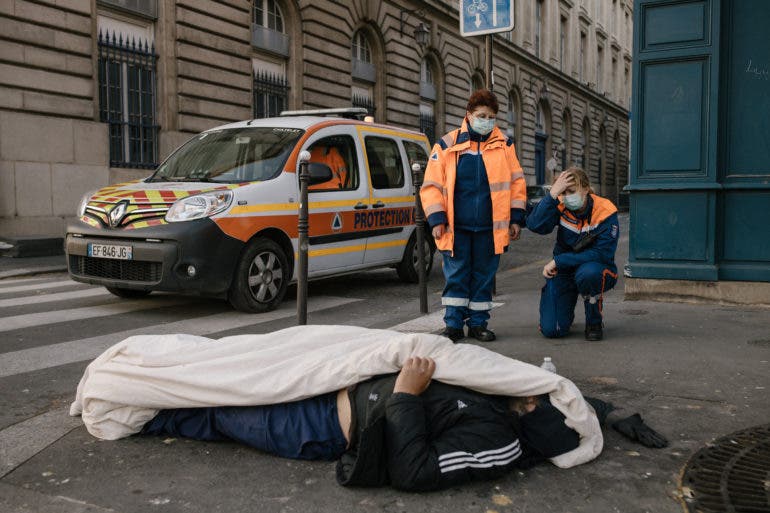
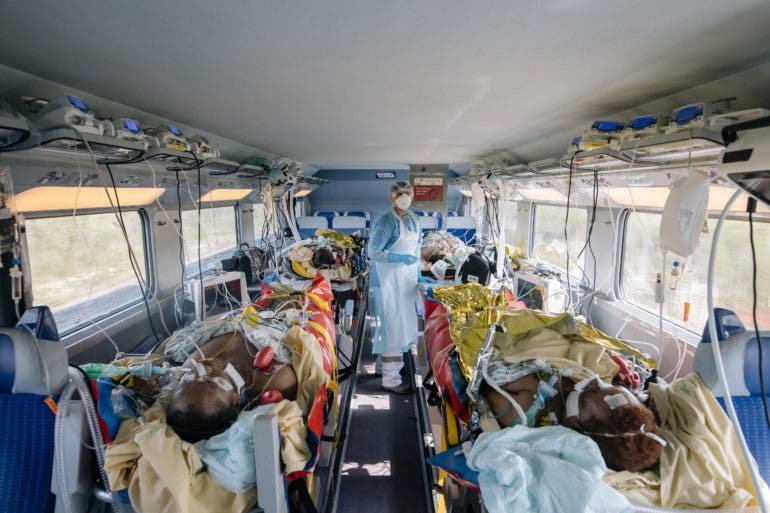
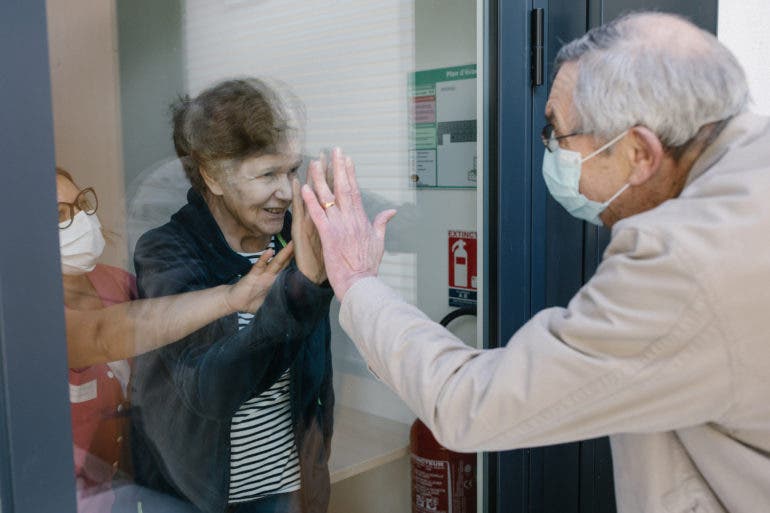
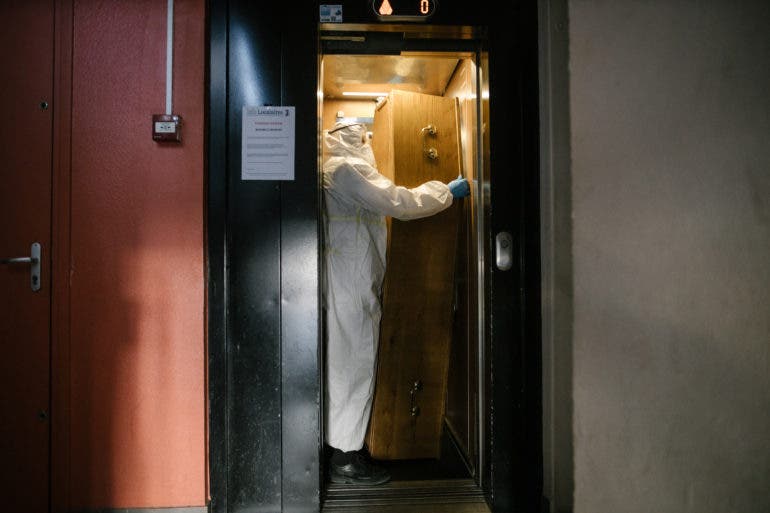
Antonio Faccilongo
Fujifilm XT1, Fujfilm XT2, 18mm f2, GFX 50r with 45mm f2.8. He also used an X100F.
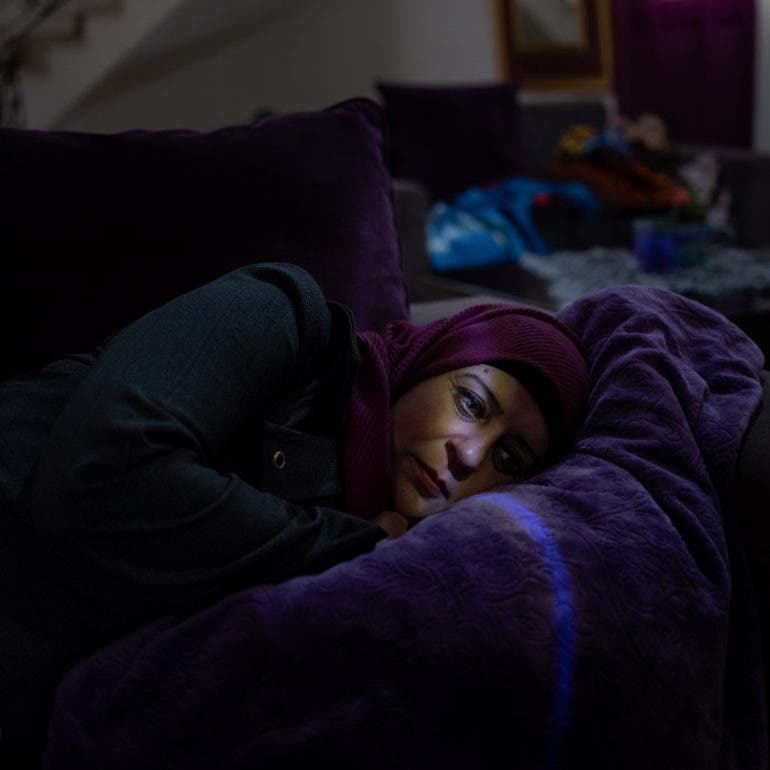
Lydia lying on a sofa in her home. She is Majd’s mother, who was born thanks to in vitro fertilization.
Lydia’s husband, Abdel Karim, has been arrested since June 2001 and sentenced to 25 years for involvement in the 2001 murder of Israeli Tourism Minister Rehavam Zeevi.
This photo shows the loneliness of a woman who alone has to face all the difficulties of life, and the sadness that pervades these women for the absence of their husbands.
I’ve known Lydia and her family for a long time. I had been invited for a lunch and in this occasion I took this portrait.
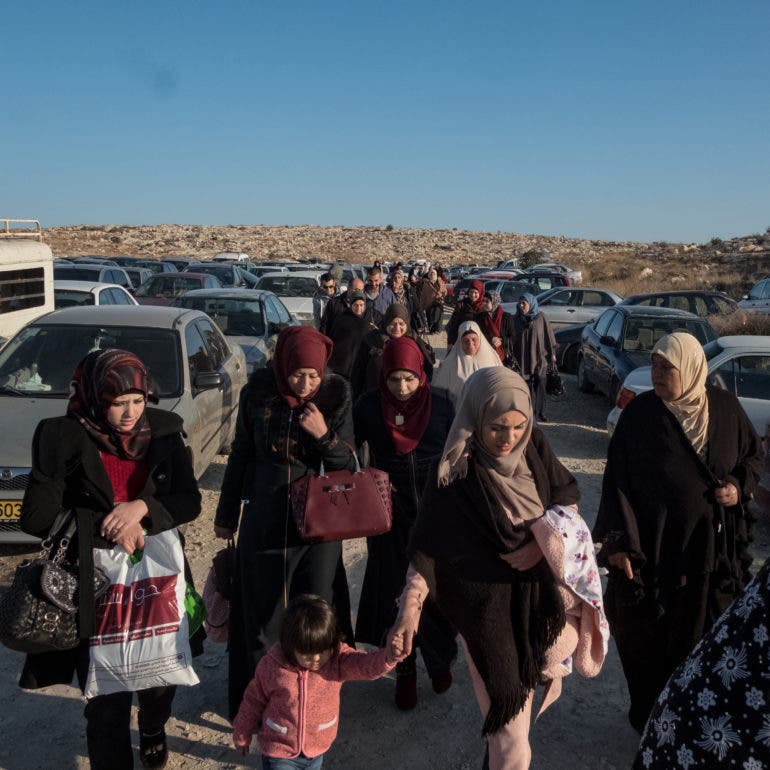
Some of the wives, mothers and children of Palestinian prisoners while they reach the checkpoint on the day of the visit to prison.
These families on the day of the visit to prison must face a long journey, covering a long distance from their villages to the Israeli prison. Along the way, the support that women give each other is essential, without which they would not be able to face the innumerable difficulties they encounter on the road.
Thanks to the permission of the International Red Cross, I was able to follow these women until the Israeli checkpoint during their trip.
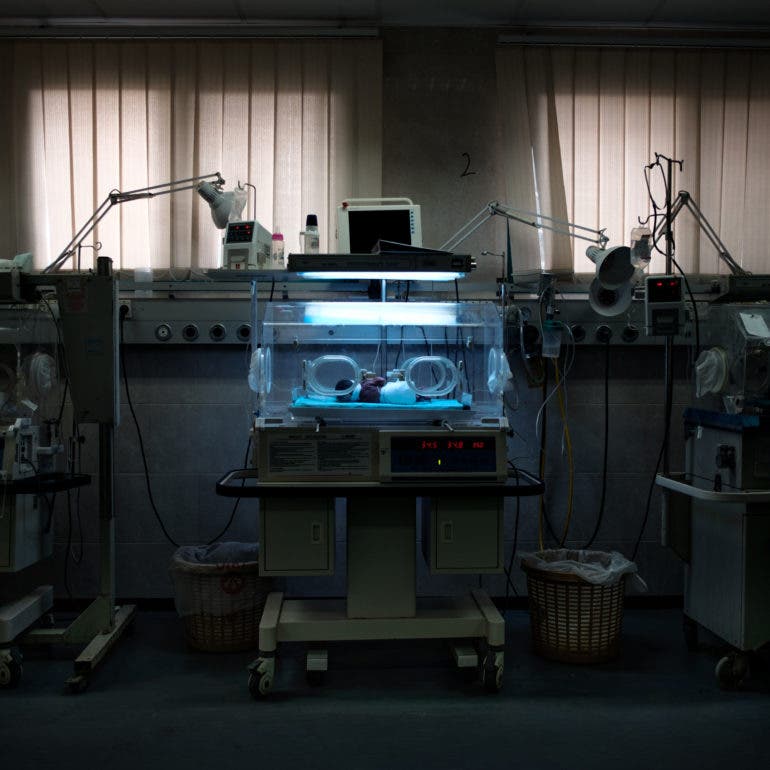
A newborn inside an incubator born few hours earlier at Gaza’s Al-Shifa Hospital.
This photo shows the innumerable difficulties that these children have to face since their birth and in growing up in a complex territory full of contrasts.
I took this picture when I visited the neonatal unit at Gaza’s Al-Shifa Hospital.
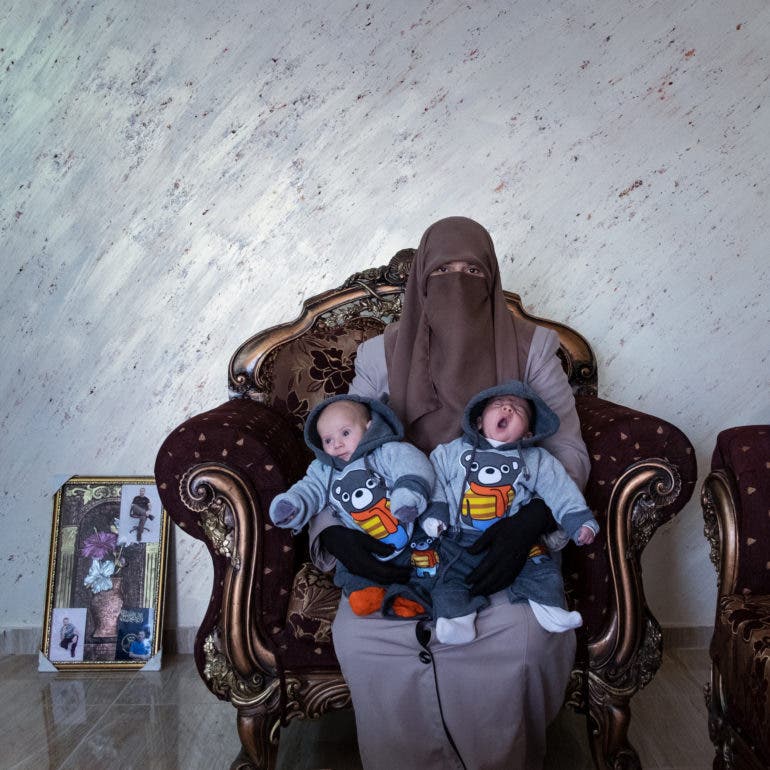
Amma Elian is the prisoner Anwar’s wife. He was arrested in 2003 and sentenced for life imprisonment. They have 2 twins born through IVF.
Initially, Palestinian women and their families were afraid to declare that they had carried out in vitro fertilization because they could not know the consequences of their choice.
At that time religious authorities in Palestine had not clarified their position on IVF. The procedure is now accepted in specific circumstances. In April 2013, issuing a religious edict, the Palestinian Supreme Fatwa Council detailed the restrictions, limiting the process to those men with a long sentence, a marriage consummated before imprisonment, and no other way for pregnancy. The husband and wife also need to fill out paperwork, and families are expected to provide multiple witnesses confirming that the sample belongs to the man. As a result, a greater degree of openness now exists for those who have had children in this manner.
During our meeting I asked Amma to take a portrait. I did not ask anything to her, I just got the camera and took this picture.
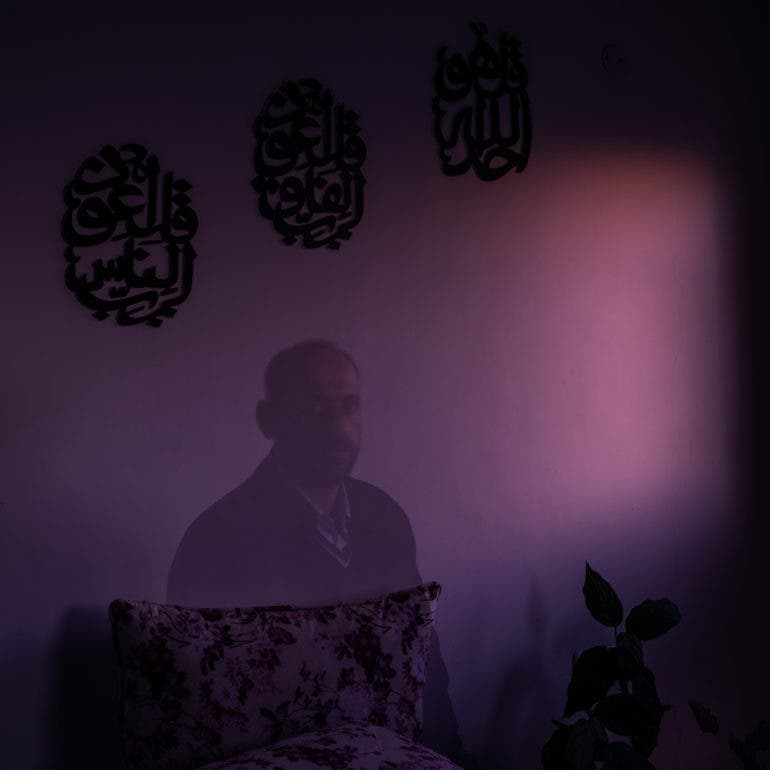
A portrait of Mazen Rimawi. He is a former Palestinian political prisoner but he is also Majd’s uncle, who was born through in vitro fermentation.
He’s the brother-in-law of Abdel Karim who has been arrested since June 2001 and sentenced to 25 years.
This image tries to show that despite the physical absence of prisoners in their homes, their emotional presence is still alive.
I have known the Rimawi family since 2015 and I constantly go back to visit them.

Lydia Rimawi with her son Majd, who was born through IVF, during their journey to reach the prison to visit her husband.
She lives in a West Bank village called Beit Rima, between Ramallah and Nablus. She leaves home at 5:00 a.m., taking a taxi to the main road, where she boards a bus to Ramallah. She goes on a second bus, organized by International Red Cross in partnership with the Prisoner’s Club, to the Israeli checkpoint, where she crosses on foot the border after the checks. From there, she rides a third bus to the prison gate. After several controls, she’ll meet her husband for 45 minutes.
Lydia’s husband, Abdel Karim (44), has been arrested since June 2001 and sentenced to 25 years for involvement in the 2001 murder of Israeli Tourism Minister Rehavam Zeevi.
This picture helps to understand the difficulties that these women face with their children every day, especially on the day of the visit, facing a long journey that sometimes takes 18 hours for a visit that lasts only 45 minutes.
I shared Lydia’s trip to visit her husband in prison, on this occasion I took this picture.
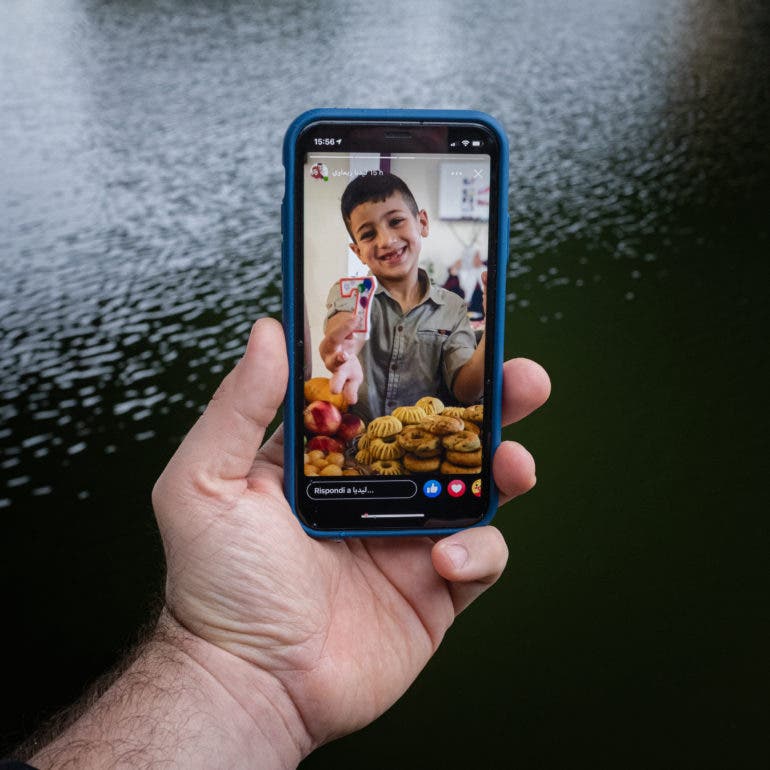
Karolina Jonderko
Nikon D700 with 24-70mm f2.8
